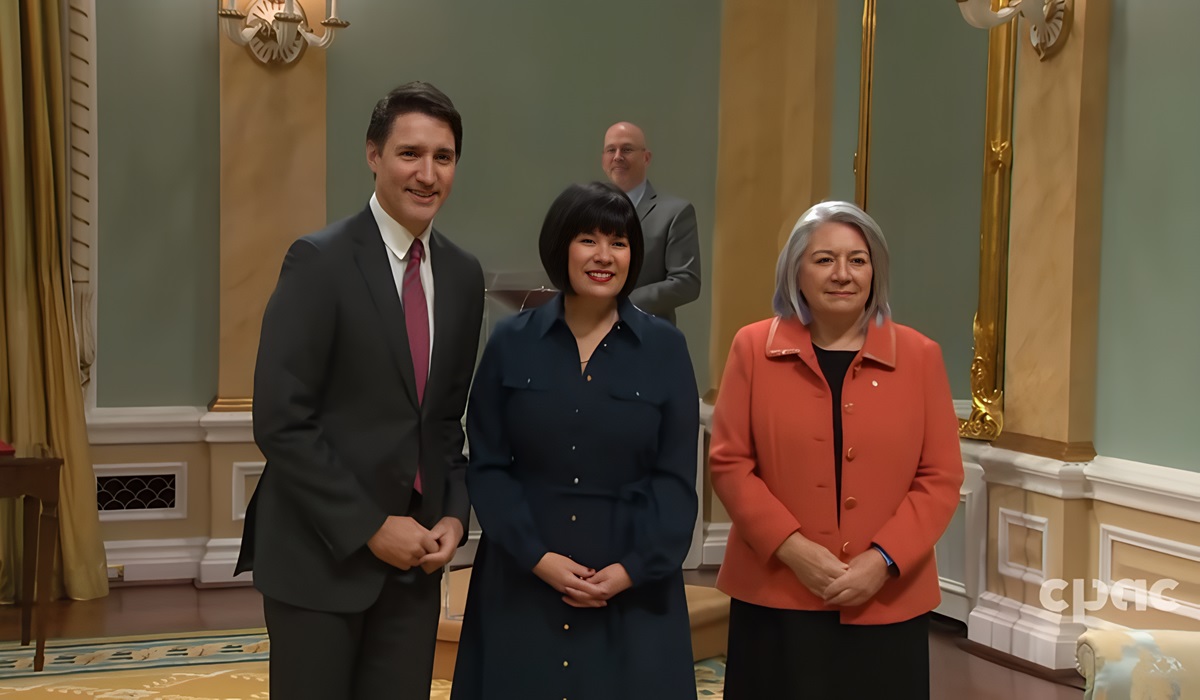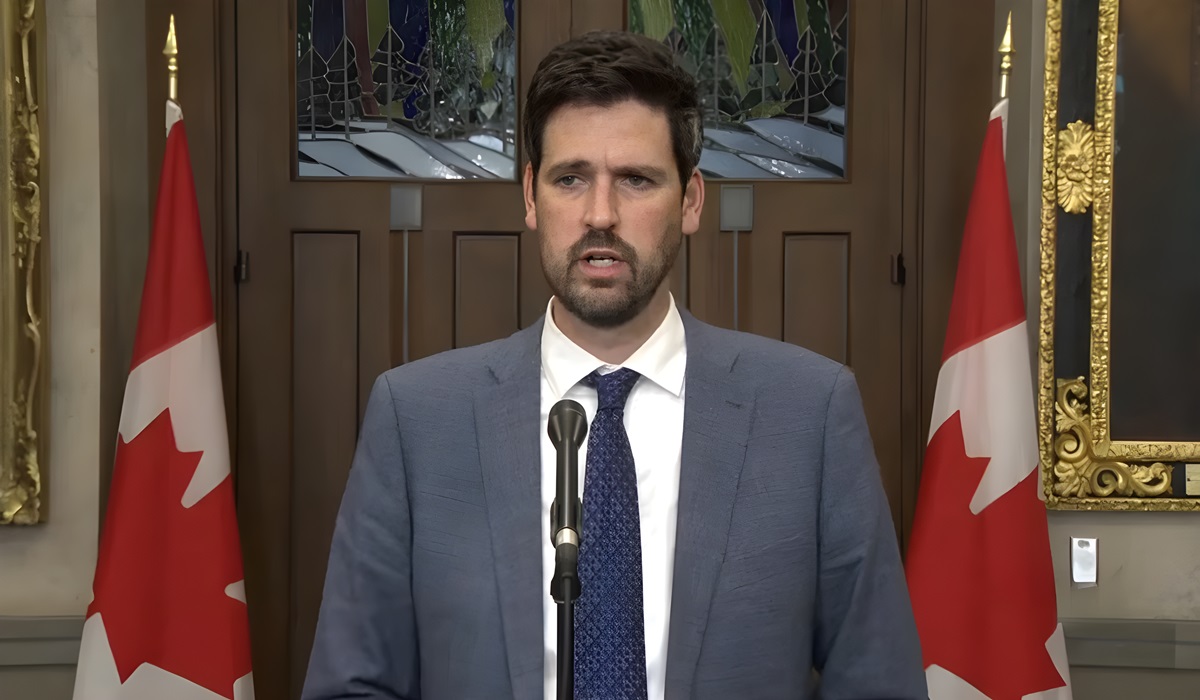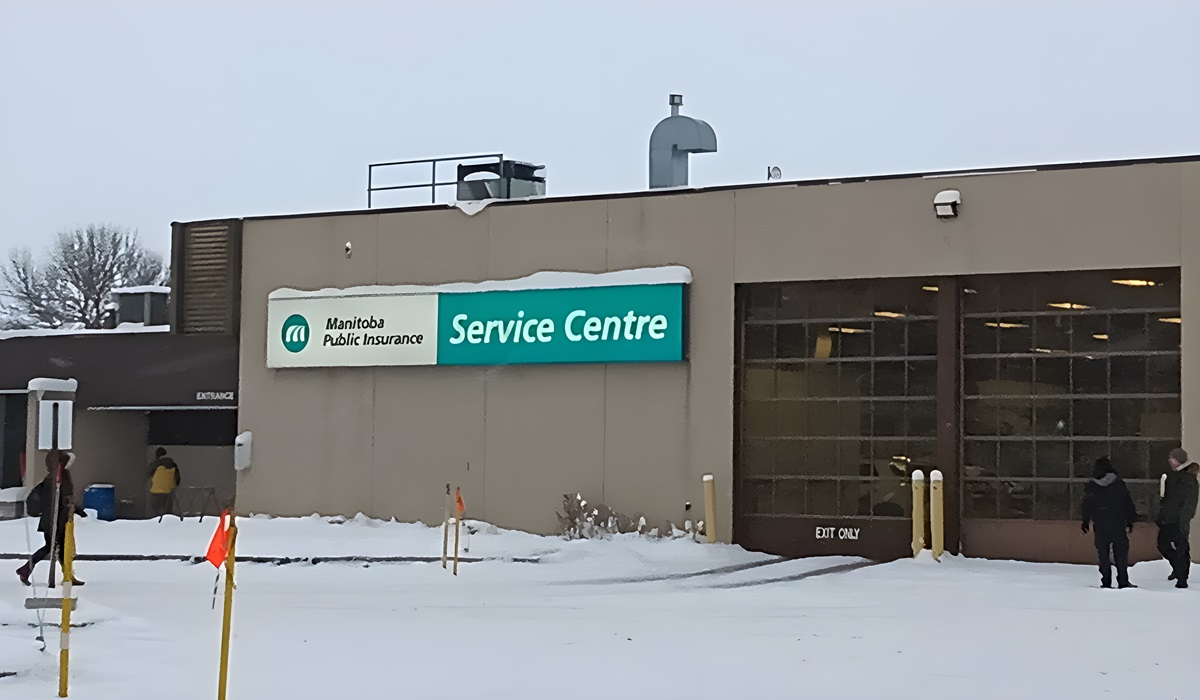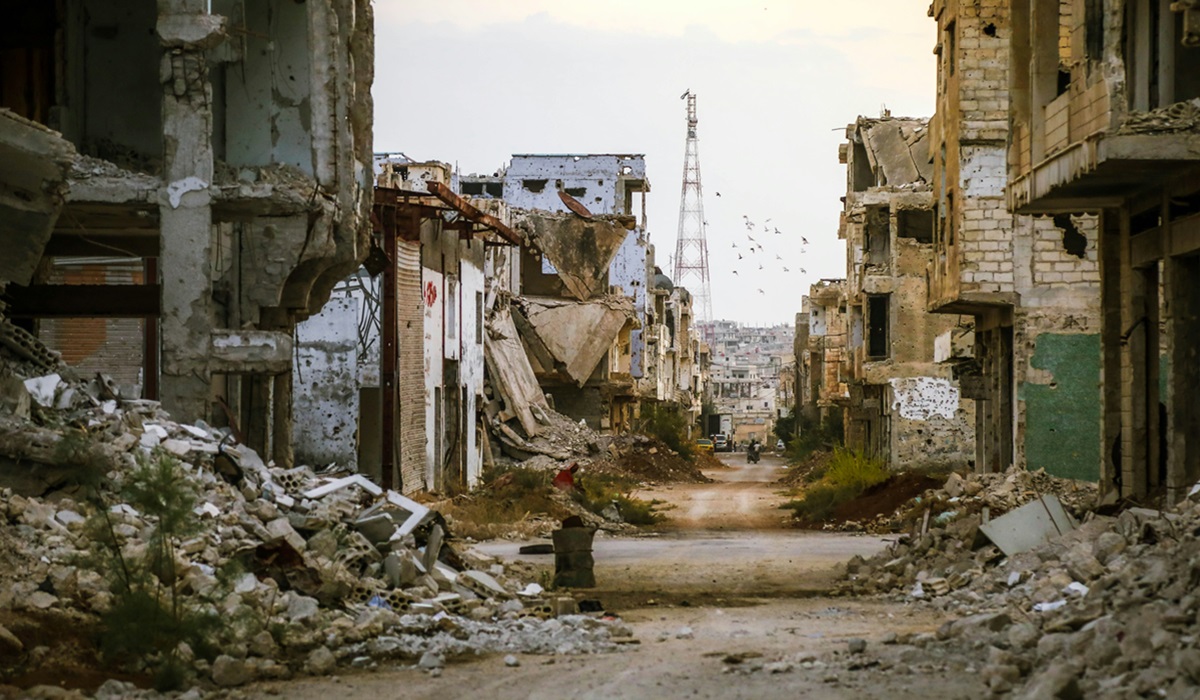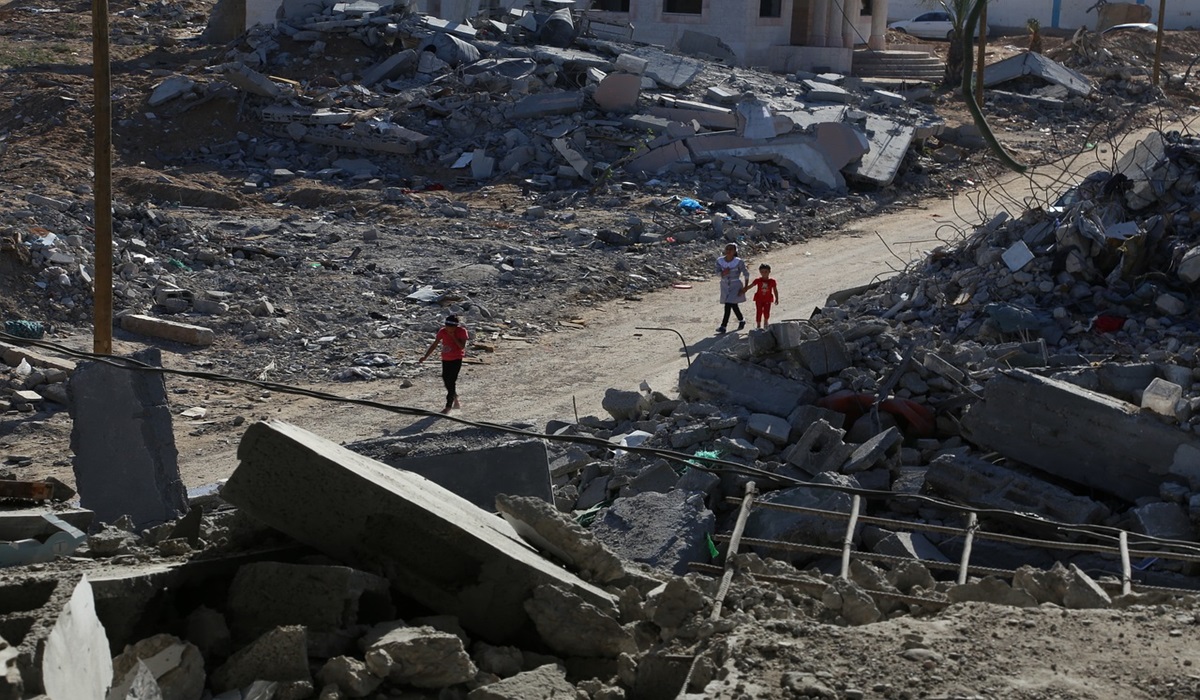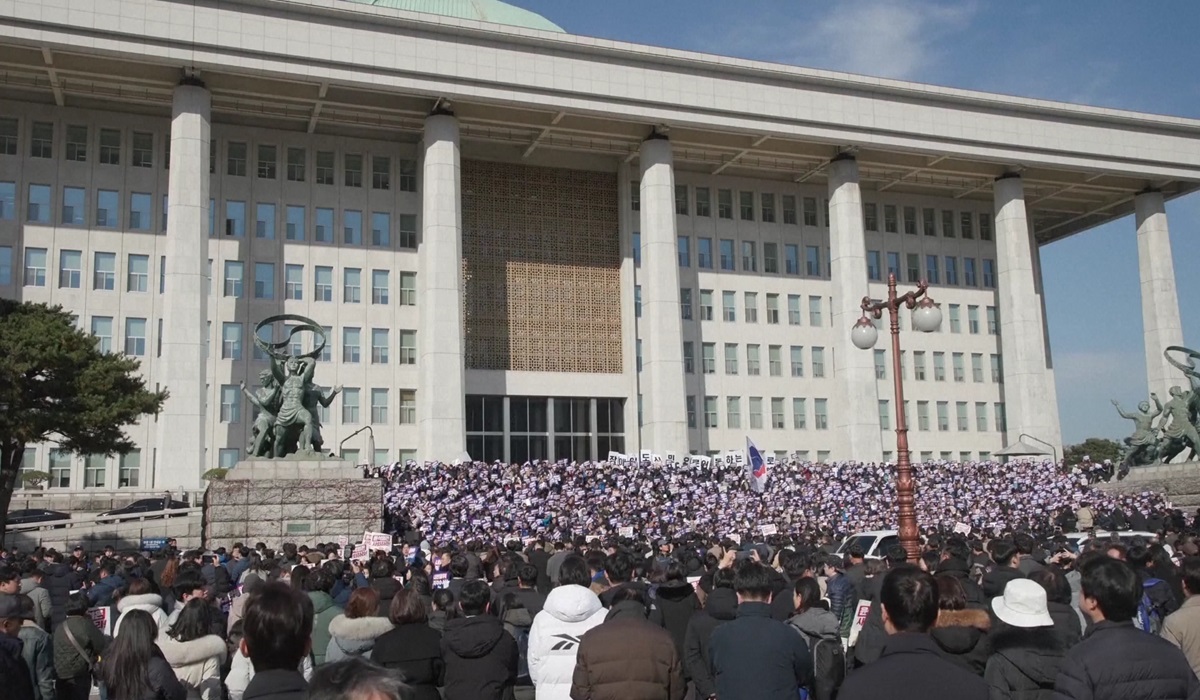Lance Corporal Morgan Jones Jenkins, was a Canadian soldier who served in the First World War
The Department of National Defence and the Canadian Armed Forces have confirmed the identification of a previously unknown grave as being that of Lance Corporal Morgan Jones Jenkins, a Canadian soldier of the First World War who was buried as an unknown soldier at the Vis-en-Artois British Cemetery, in Haucourt, France.
Morgan Jones Jenkins was born in Wales in 1886 to a minister and his wife who would lose two other sons in the First World War. After immigrating to Canada, he studied at the Manitoba Agricultural College before enlisting in the Canadian Expeditionary Force (CEF) in Saskatoon, and joining the 3rd University Company, based out of McGill University. The company sailed for England on September 4, 1915. Overseas, he was transferred to Princess Patricia’s Canadian Light Infantry (PPCLI), wounded, promoted, and assigned to the Canadian Corps’ intelligence service for 18 months. Having rejoined PPCLI, he was declared killed in action on August 28, 1918, during the Second Battle of Arras, following a difficult advance on Jigsaw Wood, a position used by the enemy to defend the Fresnes-Rouvroy Line in France. He was 32 years old.
The Canadian Armed Forces have notified the family of Lance Corporal Jenkins’ identification and are providing them with ongoing support. A headstone rededication ceremony will take place at the earliest opportunity at the Commonwealth War Graves Commission’s Vis-en-Artois British Cemetery in France.
The Canadian Armed Forces Casualty Identification Program, within the Directorate of History and Heritage, identifies unknown Canadian service members when their remains are recovered. The program also identifies service members previously buried as unknown soldiers when there is sufficient evidence to confirm the identification.
“The identification of Lance Corporal Jenkins offers an opportunity for all Canadians to remember those who served during the First World War, and especially those who made the ultimate sacrifice in service to Canada. To the family of Lance Corporal Jenkins: please know that I and Canadians across our country will always remember the ultimate sacrifice of Lance Corporal Jenkins. Lest we forget.” The Honourable Anita Anand, Minister of National Defence
“While unmarked graves are an unfortunate reality of the brutal fighting on the Western Front, those graves contain the remains of real people that gave their lives in service of their country. The identification of Lance Corporal Jenkins is an important reminder of that, and I’m glad he will now receive the recognition that his service to Canada deserved.” The Honourable Lawrence MacAulay, Minister of Veterans Affairs and Associate Minister of National Defence
Quick facts
Lance Corporal Morgan Jones Jenkins was born on May 14, 1886, in Pontypridd, Wales. He was the son of the Reverend John Jenkins and Elizabeth Florence Jenkins (née Capenhurst), who lost two other sons during the First World War: Sergeant David Jones Capenhurst Jenkins, who served with the 5th Battalion, Canadian Expeditionary Force and Second Lieutenant Richard Jenkins, who served with a British unit, the Manchester Regiment.
Lance Corporal Jenkins is commemorated on the Canadian National Vimy Memorial, erected in memory of Canadian soldiers killed in France during the First World War who have no known grave.
In May 2019, the Directorate of History and Heritage received a report from the Commonwealth War Graves Commission detailing the potential identification of Grave 12, Row A, Plot 5 in the Vis-en-Artois British Cemetery, in Haucourt, France. Independent researchers had raised the possibility that this grave was that of Lance Corporal Jenkins.
Following extensive archival research by the Commonwealth War Graves Commission and the Directorate of History and Heritage, the identification was confirmed in November 2019 by the Casualty Identification Review Board, which includes representatives from the Canadian Forces Forensic Odontology Response Team and the Canadian Museum of History.
The Commonwealth War Graves Commission commemorates the 1.7 million Commonwealth servicemen and women who died during the two world wars. Using an extensive archive, the Commission works with their partners to recover, investigate, and identify those with no known grave to give them the dignity of burial and the commemoration they deserve.


